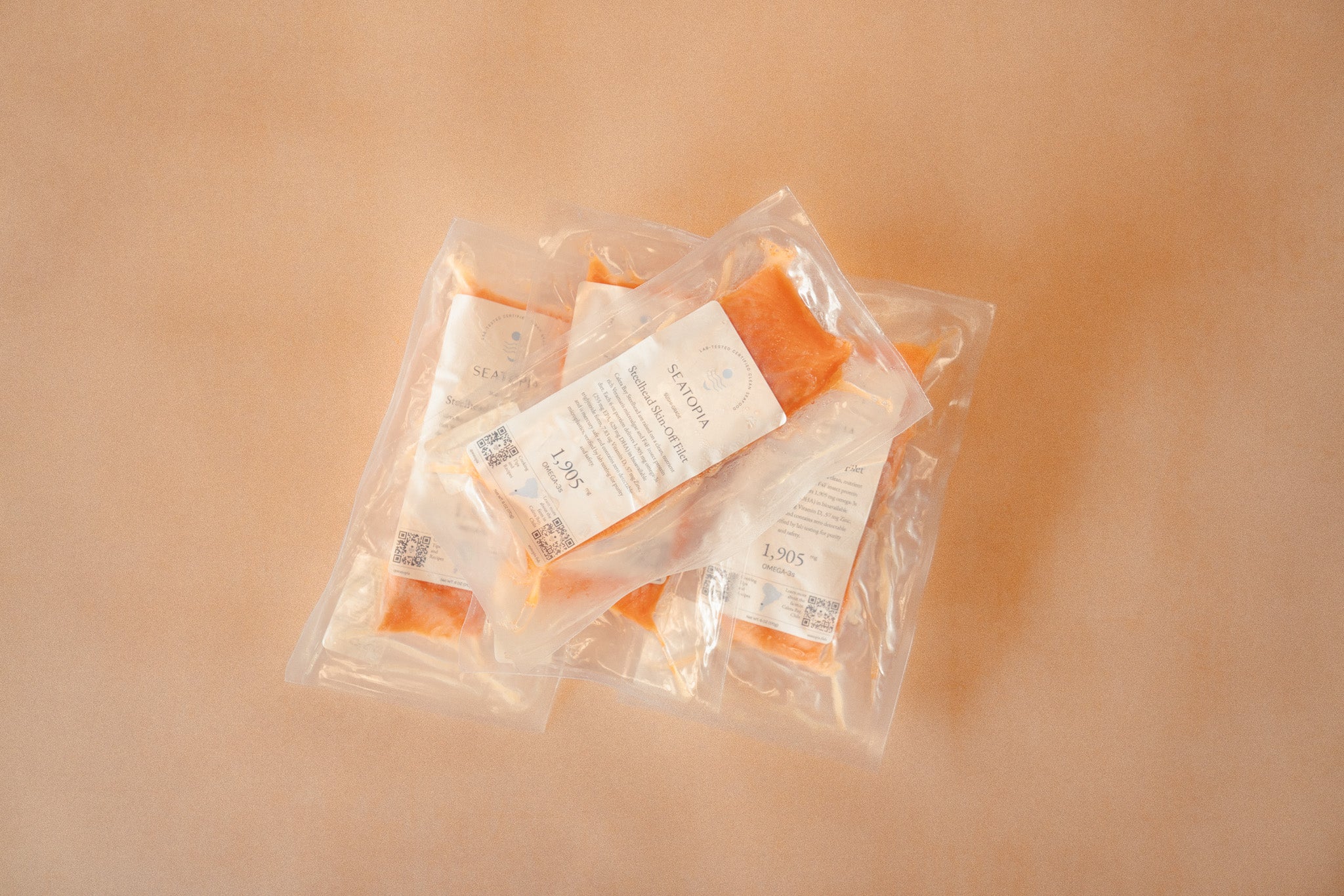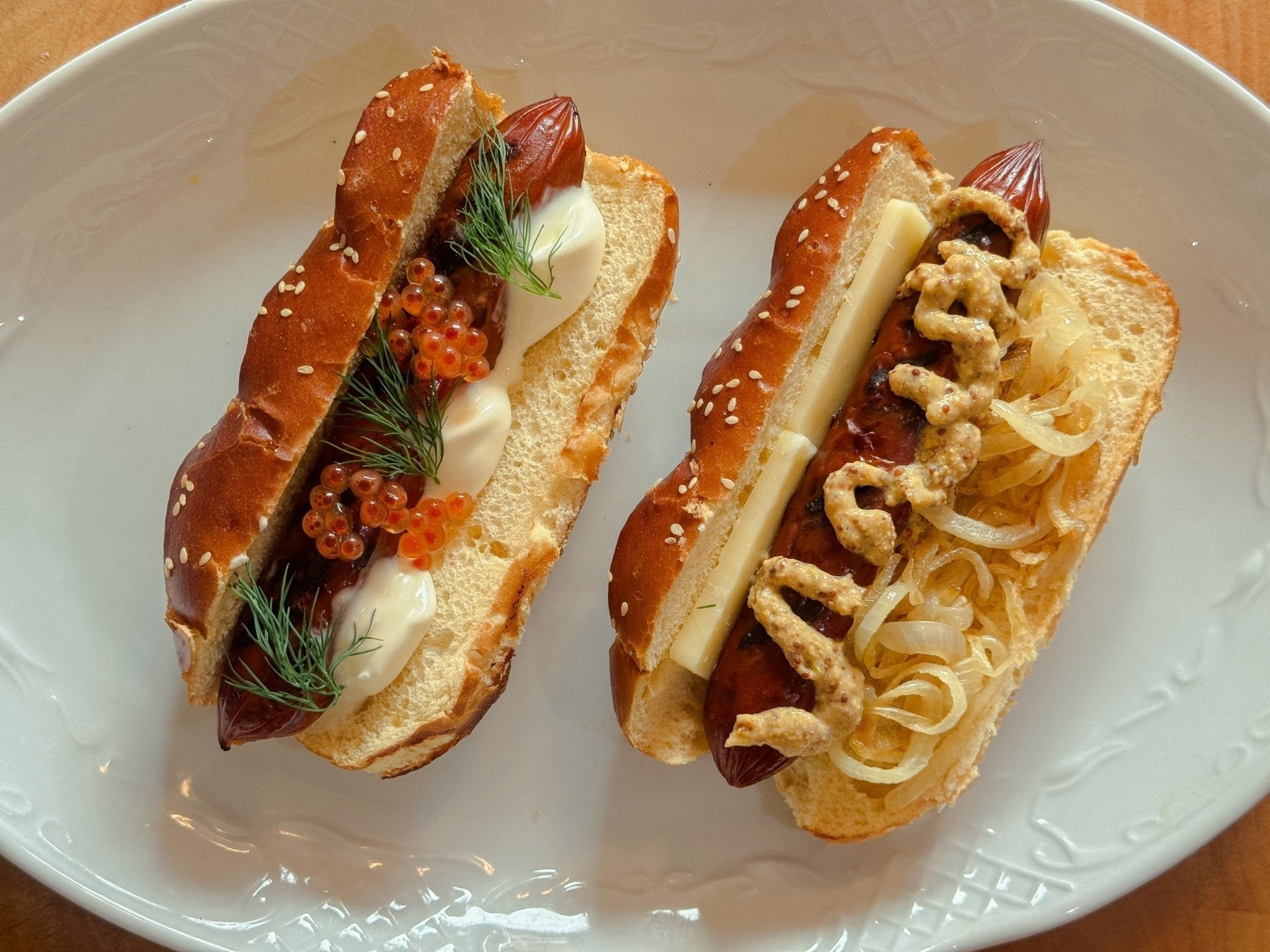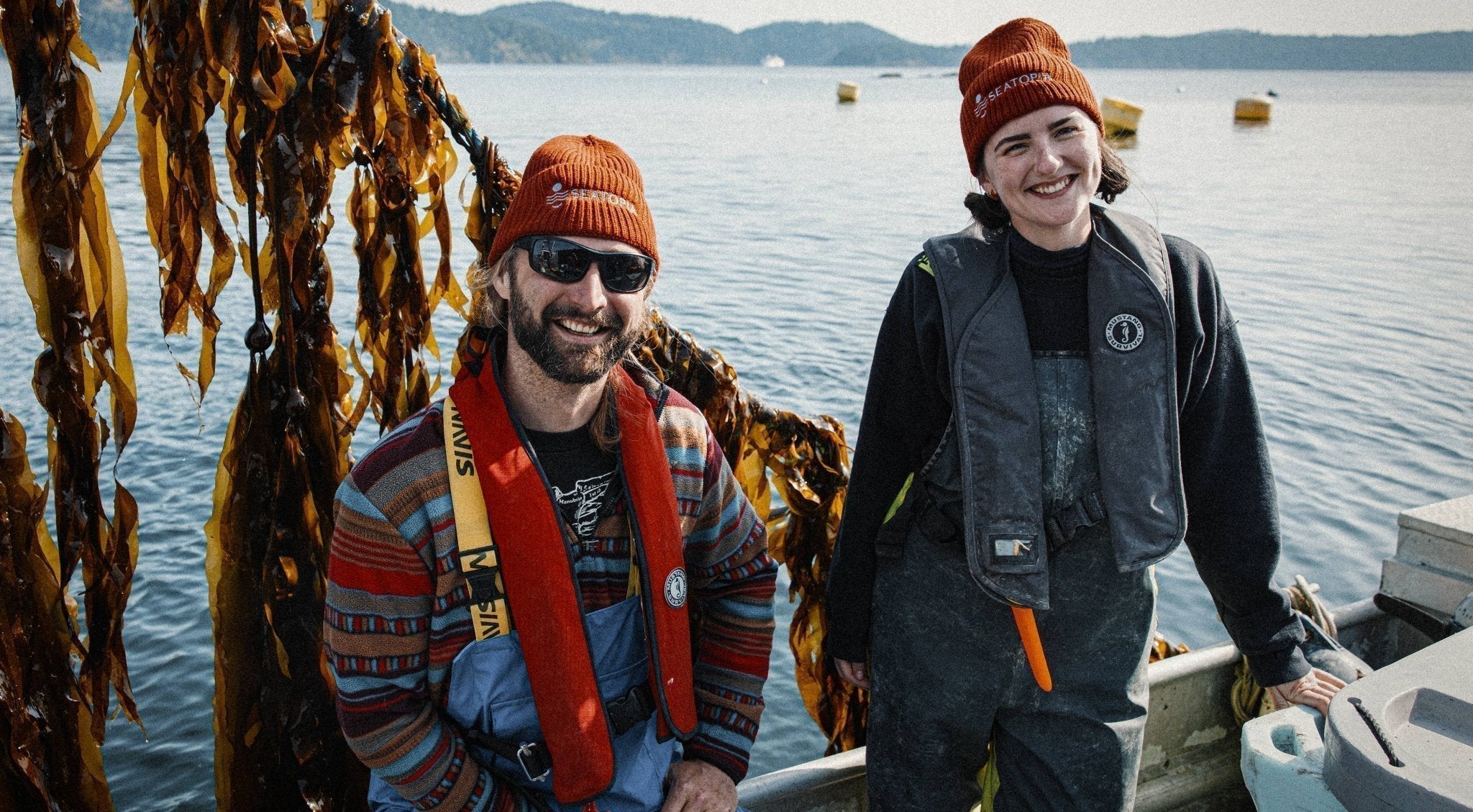As we turn the page to 2025, I’ve been reflecting on the kind of year I want to have—not just for myself, but for my family. I waited until I was in my 40s to have kids, which means I’ll be in my 50s when they’re teenagers and pushing 60 when they’re starting college. Thinking about that has given me a deeper sense of urgency to take care of my health now, so I can be the energetic, present dad they deserve—not just today, but years down the road.

I’m excited to focus on a concept that has always resonated with me: making measurable decisions to optimize health. This year, my goal is to approach wellness with a quantifiable mindset, using tools like FunctionHealth to track key markers and pairing that data with actionable steps inspired by food as medicine.
By leveraging lab results and nutrient-rich foods, I aim to prioritize not just longevity, but vitality—ensuring I can stay present and energetic for my family while making informed, impactful choices. Here are some of the quantifiable health goals I’ll be focusing on this year:
1. Omega-3 Index - Super Charge!
The Omega-3 Index measures the amount of EPA and DHA omega-3 fatty acids in my red blood cells. Studies show that maintaining an Omega-3 Index of 8% or higher supports heart health, brain function, and reduced inflammation.
While most adults fall into the 2.5–3.5% range, this marker can be improved with intentional dietary choices. For me, that means incorporating lab-tested, omega-3-rich seafood from Seatopia into my weekly meals.
For more insights into the role of fats in seafood and their health impacts, check out this detailed guide: Understanding Fats in Salmon: A Guide for Health-Conscious Consumers****.
By eating just over 1 pound (16 oz) of Seatopia seafood weekly, I’ll be fueling my body with approximately 9,500 mg of EPA+DHA omega-3s, which is 3.8 times the minimum weekly goal of 2,500 mg. This ensures my Omega-3 Index not only meets but significantly exceeds the desired range for optimal health.
2. Mercury Levels
Mercury exposure is a growing concern, especially for those who consume seafood regularly. Tracking mercury levels through FunctionHealth provides a baseline to assess and adjust dietary habits.
Seatopia’s seafood stands out because it is rigorously lab-tested for mercury and microplastics, ensuring that I’m consuming the cleanest options available. For a deeper dive into how mercury impacts seafood consumption and why it matters for families, especially pregnant women and children, explore this post: Understanding FDA Reference Dose for Mercury and Its Impact on Seafood Consumption.
Mercury exposure is a growing concern, especially for those who consume seafood regularly. Tracking mercury levels through FunctionHealth provides a baseline to assess and adjust dietary habits.
Seatopia’s seafood stands out because it is rigorously lab-tested for mercury and microplastics, ensuring that I’m consuming the cleanest options available. This focus on transparency and quality supports both my health and peace of mind.
3. Optimizing Inflammation Markers
Chronic inflammation is linked to a range of health concerns, from arthritis to cardiovascular issues. Markers like CRP (C-reactive protein) can be tracked to identify inflammation levels.
Omega-3-rich seafood plays a key role in reducing inflammation. I’ll be monitoring these levels through FunctionHealth and adjusting my diet accordingly, making intentional choices to support a healthier inflammatory response.
The Synergy of FunctionHealth and Seatopia
Tools like FunctionHealth allow me to track these key health markers and measure the impact of my dietary changes. By combining lab-tested insights with nutrient-dense seafood from Seatopia, I can take actionable steps to improve my health in 2025.
For more on how food and medicine intersect, check out my interview with Dr. Mark Hyman on The Doctor’s Farmacy podcast.

Tips for Staying Consistent
Here’s how I’m planning to make 2025 a year of measurable progress:
-
Plan Ahead: Seatopia’s seafood subscription ensures I always have high-quality seafood on hand.
-
Track Progress: Retesting key markers every 3–6 months through FunctionHealth will keep me informed and motivated.
-
Celebrate Wins: Each small improvement is a step toward better health for me and my family.
Ready to take control of your health? Let’s make 2025 the year of quantifiable wellness, delicious meals, and thriving vitality—for ourselves and our loved ones.











Share:
The Winter Solstice: Celebrating Renewal and Tradition with Seatopia
How to Host a Sushi Dinner Party: A Celebration of Food, Friends & Ritual